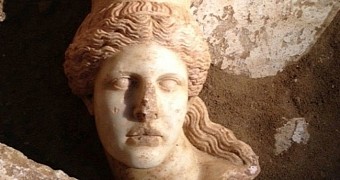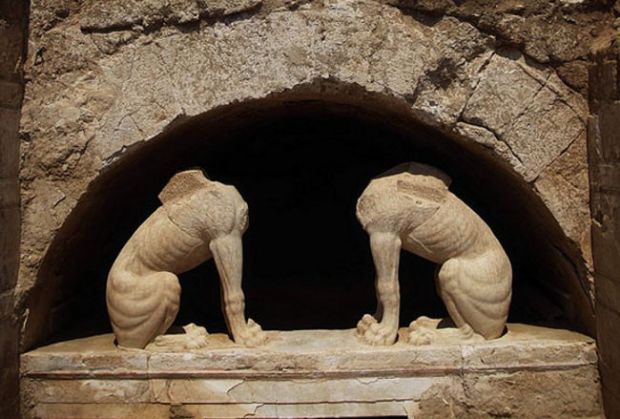Those of you who've been keeping an eye on the news probably know that archaeologists in Greece are now busy excavating a tomb dating back to the time of Alexander the Great.
Some time ago, the researchers exploring this site announced the discovery of the bodies of two sphinxes that served to guard the entrance to the tomb.
Fast forward several weeks, and this past October 21, the Greek Ministry of Culture went public with the news concerning the discovery of the head of one of these two sphinxes.
The sphinx head, a photo of which is available next to this article, shows a woman with curly hair and appears to have been painted red when first created and put in place.
As explained by Live Science, this statue head is in accordance with ancient Greek art. Thus, specialists say that, millennia ago, folks in Greece imagined sphinxes as creatures that had the body of a lion, bird-like wings, and the head of a woman.
The sphinx head was found inside the tomb's fourth chamber, not far from a mosaic showing Greek goddess Persephone being abducted by Hades, the ruler of the underworld.
Apart from the fact that it's missing part of its nose, the sphinx head appears to be incredibly well preserved. When found, it was simply lying on the floor together with some wing fragments most likely originating from the same statue.
Despite having made significant progress excavating this 4th century BC tomb, researchers are yet to figure out for whom it might have been built.

 14 DAY TRIAL //
14 DAY TRIAL // 

